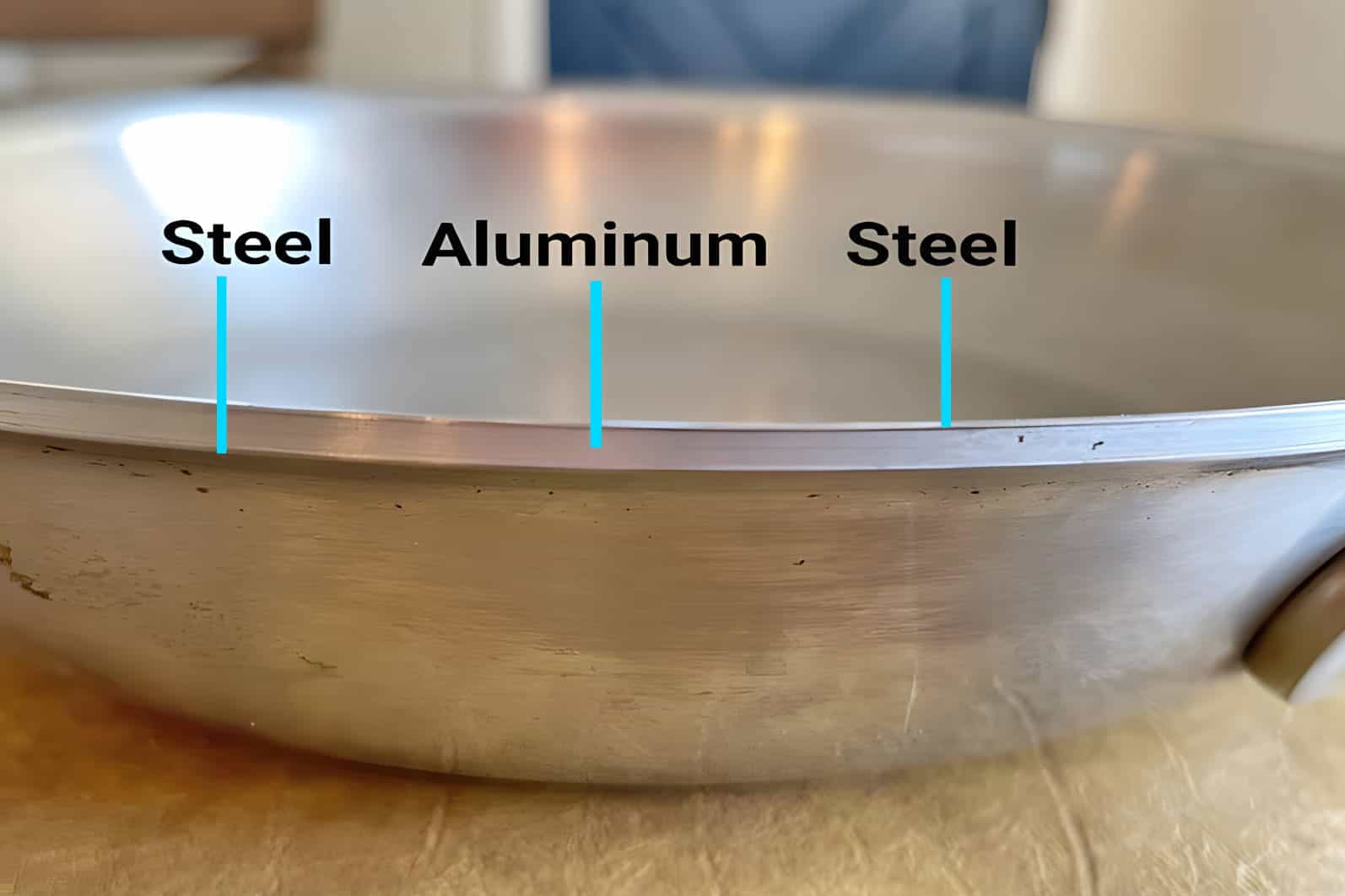
3 Ply vs. 5 Ply Cookware Which one is better?
As the name suggests, a 5-ply will be more costly than a 3-ply. This is because a 5-ply cookware is made up of five layers while a 3-ply cookware is made up of 3 layers of metal. The two extra layers help to increase the efficiency and performance of your pot/pan. The heat will quickly and evenly distribute in the cookware without causing hot.
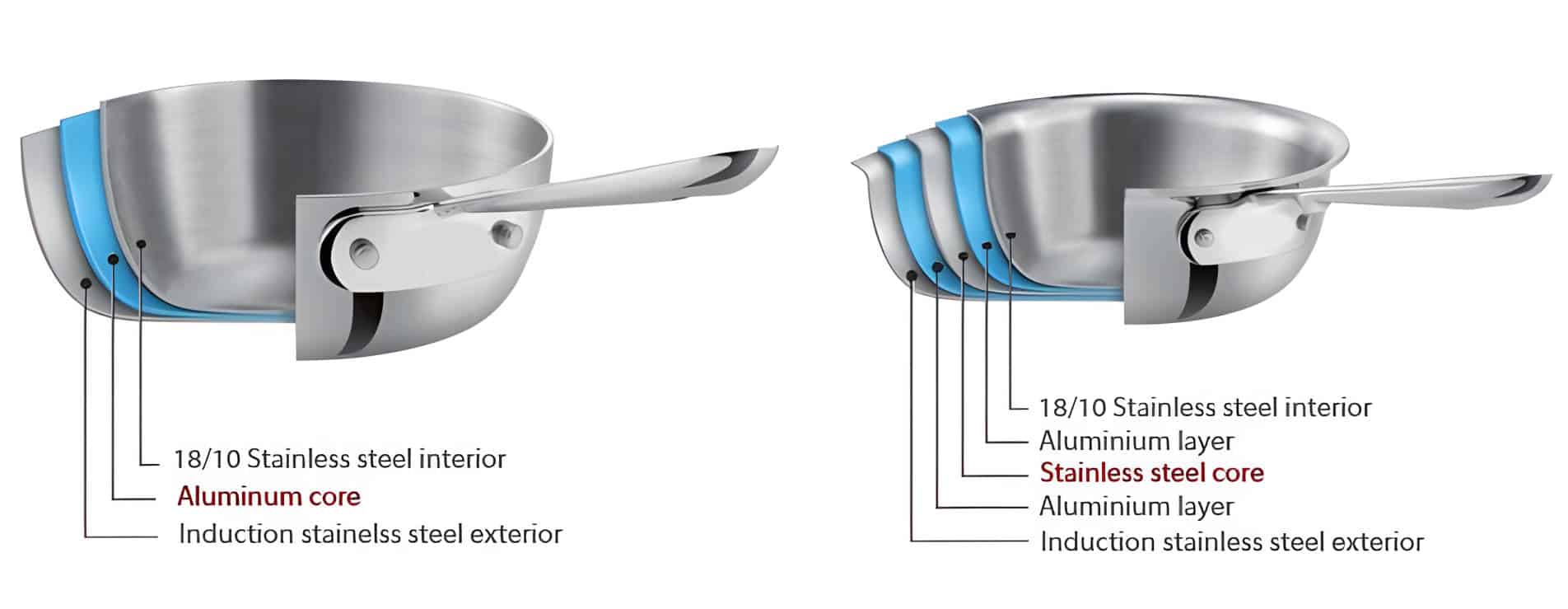
3 Ply vs. 5 Ply Cookware Which one is better?
Advantages of 5-Ply: Conductivity: The additional layers of metal help 5-ply cookware heat up more quickly and cook more evenly than 3-ply. Durability: While the extra metal does add weight, it also results in added durability—5-ply cookware is generally more resistant to warping or denting. Note that proper care and handling will, of course, also contribute to the longevity of your pan.
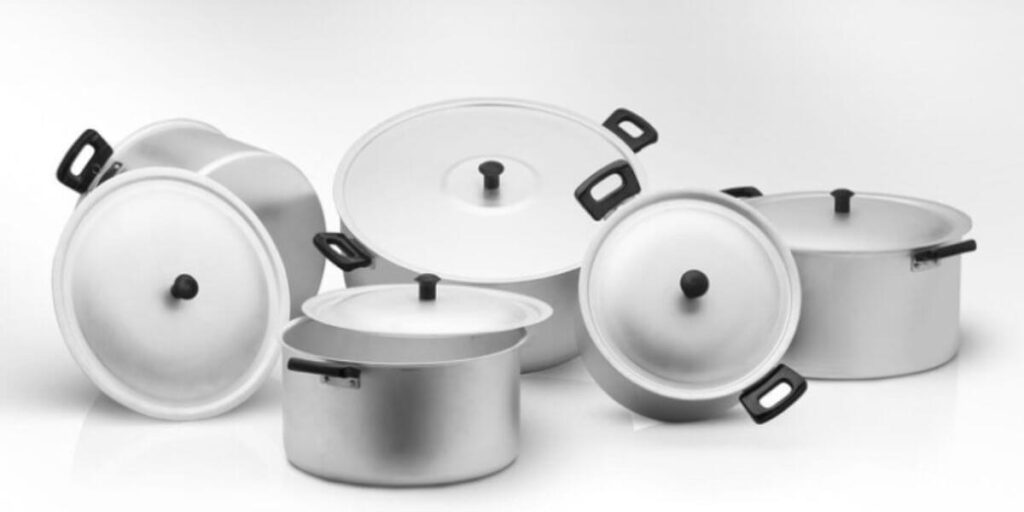
3 Ply vs 5 Ply Cookware Making the Right Choice
What the Top Cookware Brands Say About 3-Ply vs. 5-Ply Cookware. To get additional perspectives on the differences between 3- and 5-ply cookware, I reached out to several top cookware brands. I contacted product specialists at All-Clad, Made In, GreenPan, Hestan, 360 Cookware, Viking, Zwilling, Cuisinart, and Great Jones.

3 Ply vs 5 Ply Cookware Making the Right Choice
Contrary to popular belief, 5-ply cookware is not automatically thicker or heavier than 3-ply. You have to look at more than the number of plies to determine the thickness of a pan. 3-ply pans can be thicker than 5-ply and vice versa. Don't assume that 5-ply is always thicker than 3-ply.
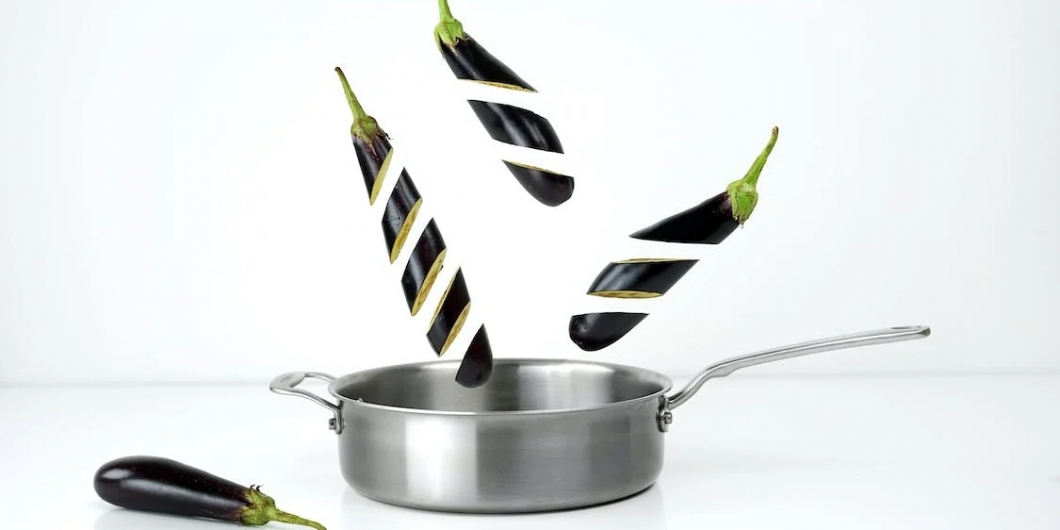
What is the difference between 3ply and 5ply cookware
Considering all the factors in 3 ply vs 5 ply cookware, the main issue stands out: how many layers of stainless steel are in each pan or pot? 5 plies are 5 layers, while 3 ply is only 3. 5 Ply cookware set has 5 stainless steel layers to disperse heat and quickly across your food. These layers mean that 5 layer pot can be used at higher.

3 Ply vs. 5 Ply Stainless Steel Cookware The Major Differences Made In
The price point of a five-ply cookware is higher than that of a three-ply cookware, which makes sense. As a result of the two extra layers and generally more expensive materials used in 5 ply cookware, the price tends to be higher as well. Heat is evenly distributed throughout these two layers, helping the pan to stay warm for a longer period.
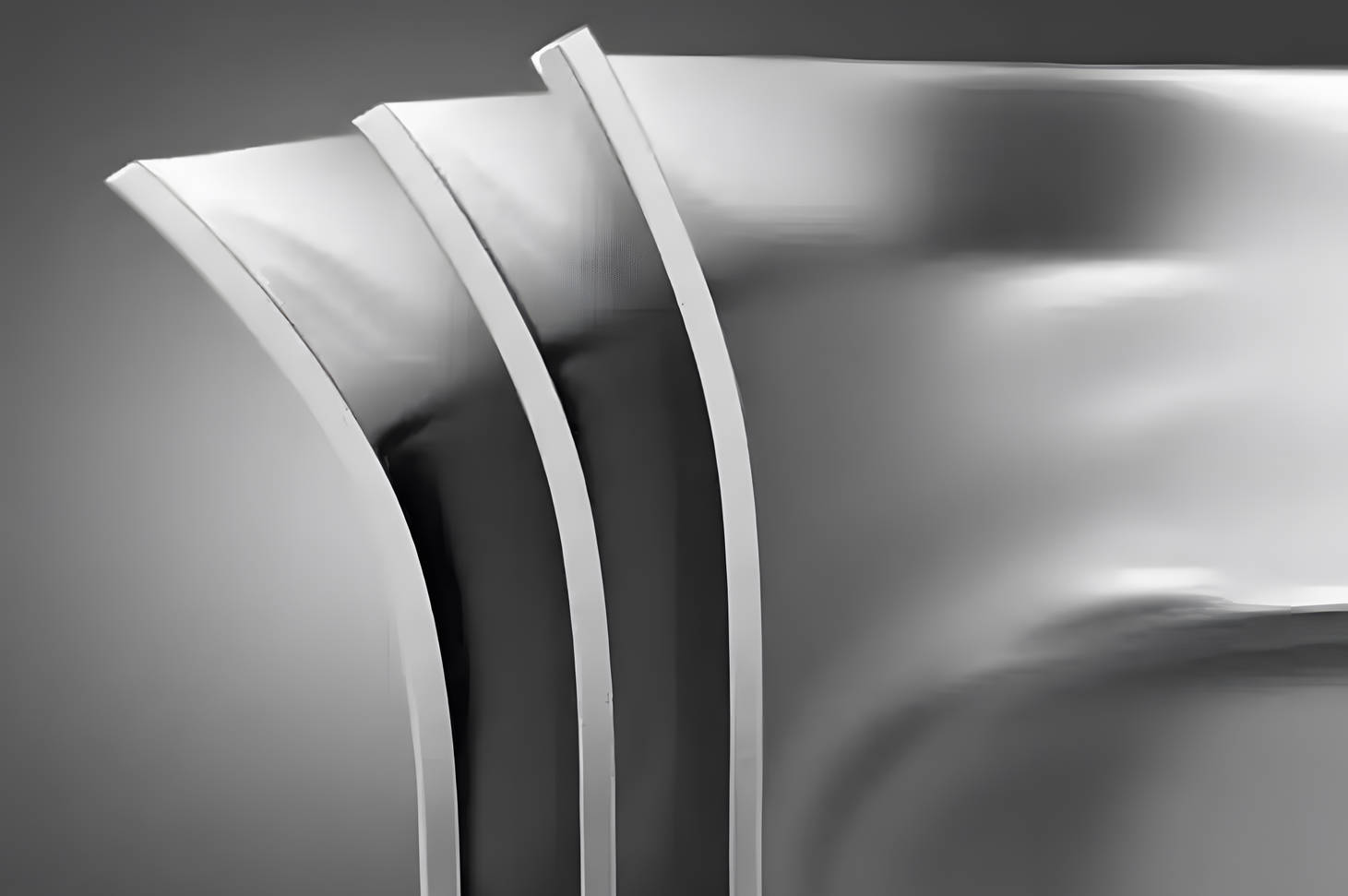
3 Ply vs. 5 Ply Cookware Which one is better?
Cost-effectiveness - 3-ply cookware costs less than 5-ply cookware, making it a good choice for people on a tight budget. Portability - You can carry your cookware around with ease since it weighs little. Cleanliness - Since 3-ply cookware is thinner, cleaning it is easier.

3Ply vs. 5Ply Stainless Steel Cookware (The Real Difference) Pie Dish
Winner: 3-ply is usually more affordable. 3-ply stainless steel cookware is generally less expensive than 5-ply. It has a less complicated manufacturing process. The price difference is sharper when the 5-ply's core material is copper. Generally, copper cookware is pricier, since copper is a premium cookware material that's in high demand.
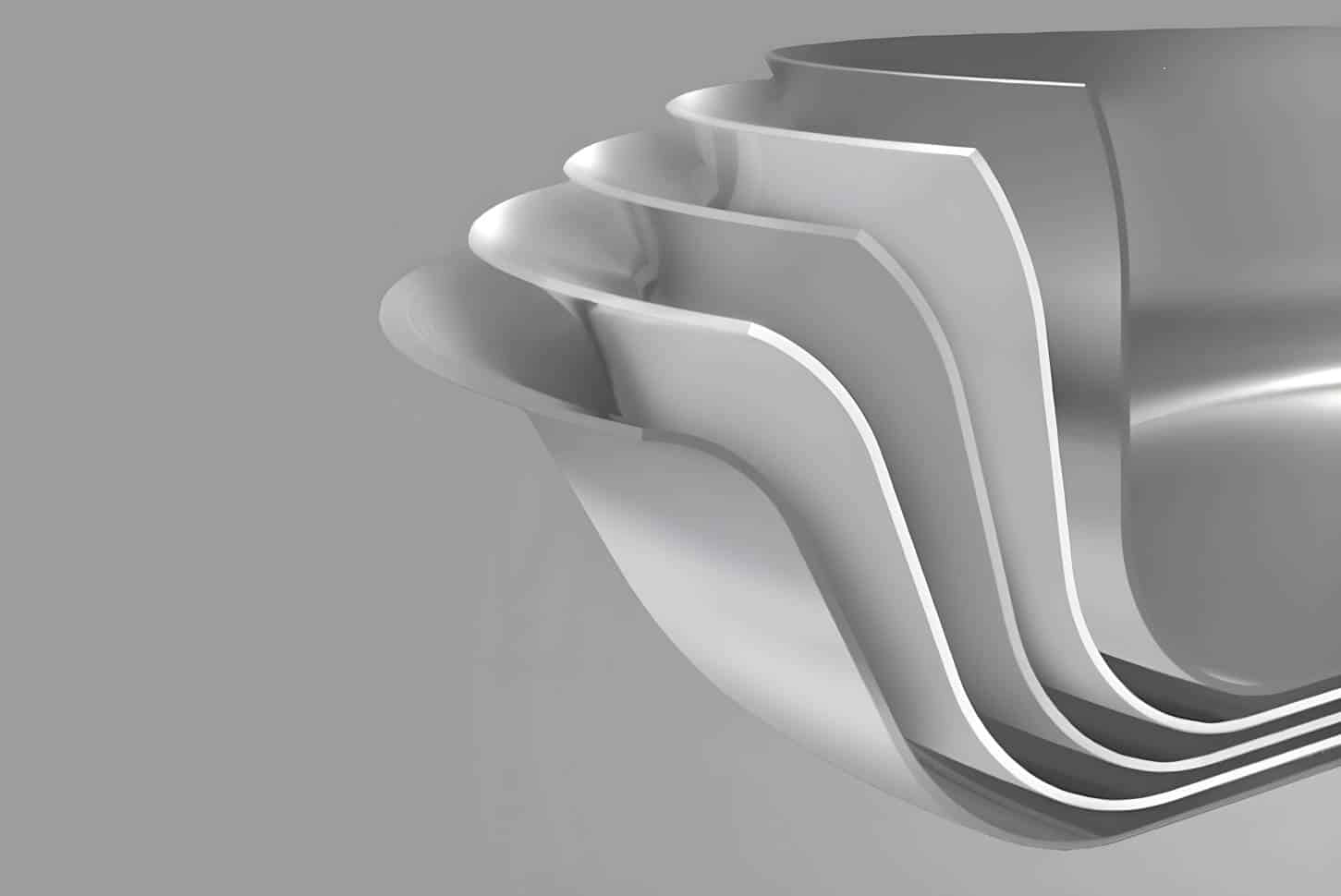
3 Ply vs. 5 Ply Cookware Which one is better?
3 Ply vs 5 Ply Cookware. 3 ply cookware. Check Price On Amazon. 5 ply cookware. Check Price On Amazon. In summary, the choice between 3 ply and 5 ply cookware ultimately depends on your individual cooking needs, preferences, and budget. 3 ply cookware, with its three-layer construction of an aluminum core sandwiched between stainless steel.

Legend Cookware Juego de 14 piezas de acero inoxidable de 5 capas
The outer layers also make it suitable for all types of stovetops, including induction, increasing its versatility in the kitchen. However, 5-ply cookware is generally heavier and more expensive than 3-ply variants, which may be a consideration for some users. Related Link: Spray on Nonstick Coating: What You Need To Know.
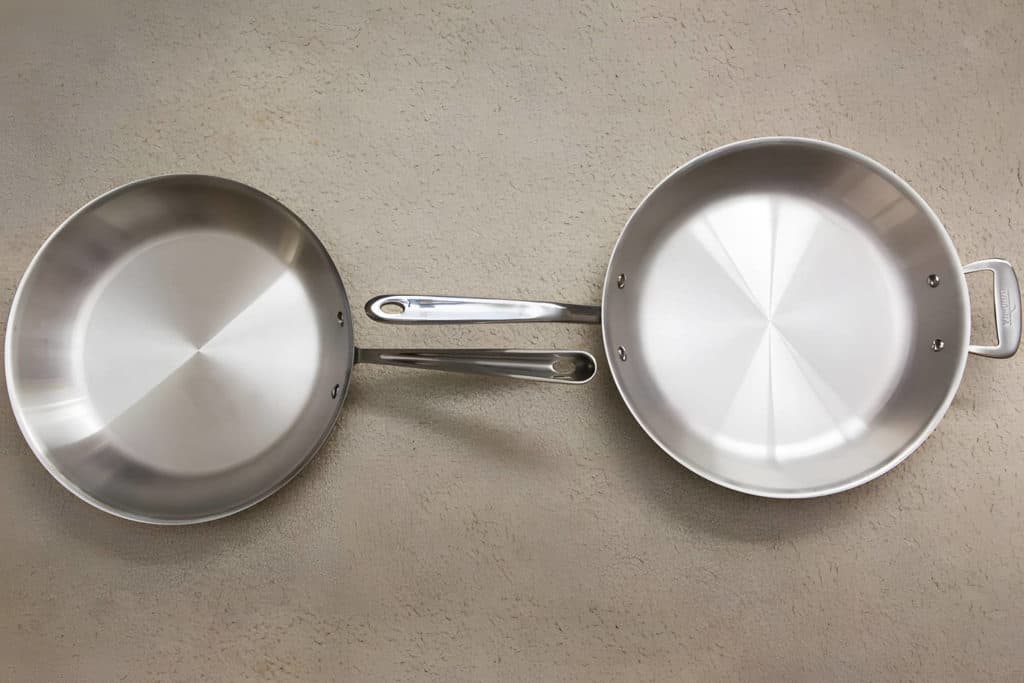
3 Ply vs. 5 Ply Cookware Which one is better?
This is because 5 ply cookware has two extra layers and is generally made of more expensive materials compared to 3 ply cookware. These two layers help spread the heat evenly throughout the pan and retain heat. If you want durable cookware that can work efficiently, go for a 5 ply cookware with more layers than the regular 3 ply cookware.
3 Ply vs 5 Ply Cookware An InDepth Comparison for the Perfect Cooking
Cost Considerations: 3 Ply vs 5 Ply. When it comes to cost, 3 ply stainless steel cookware tends to be more affordable than 5 ply. However, the price for both options can vary depending on factors such as brand, size, and additional features. While 5 ply cookware is generally more expensive, it may be worth the investment for some cooks.

3Ply vs 5Ply Stainless Steel Cookware (The Real Difference) Prudent
In this comparison of 3-ply vs. 5-ply cookware, you'll learn what these terms mean, how the two construction types compare, and if the number of plys even ma.

Plain Or Printed 3 Ply, 5 Ply & 7 Ply Boxes at best price in Kanpur
When comparing 3-Ply and 5-Ply cookware, the primary focus lies in their construction and performance in the kitchen. 3-Ply cookware is crafted with three layers: typically, an aluminum or copper core sandwiched between stainless steel. This structure offers excellent heat conductivity and durability, making it a popular choice for everyday cooking. In contrast, 5-Ply cookware includes five.
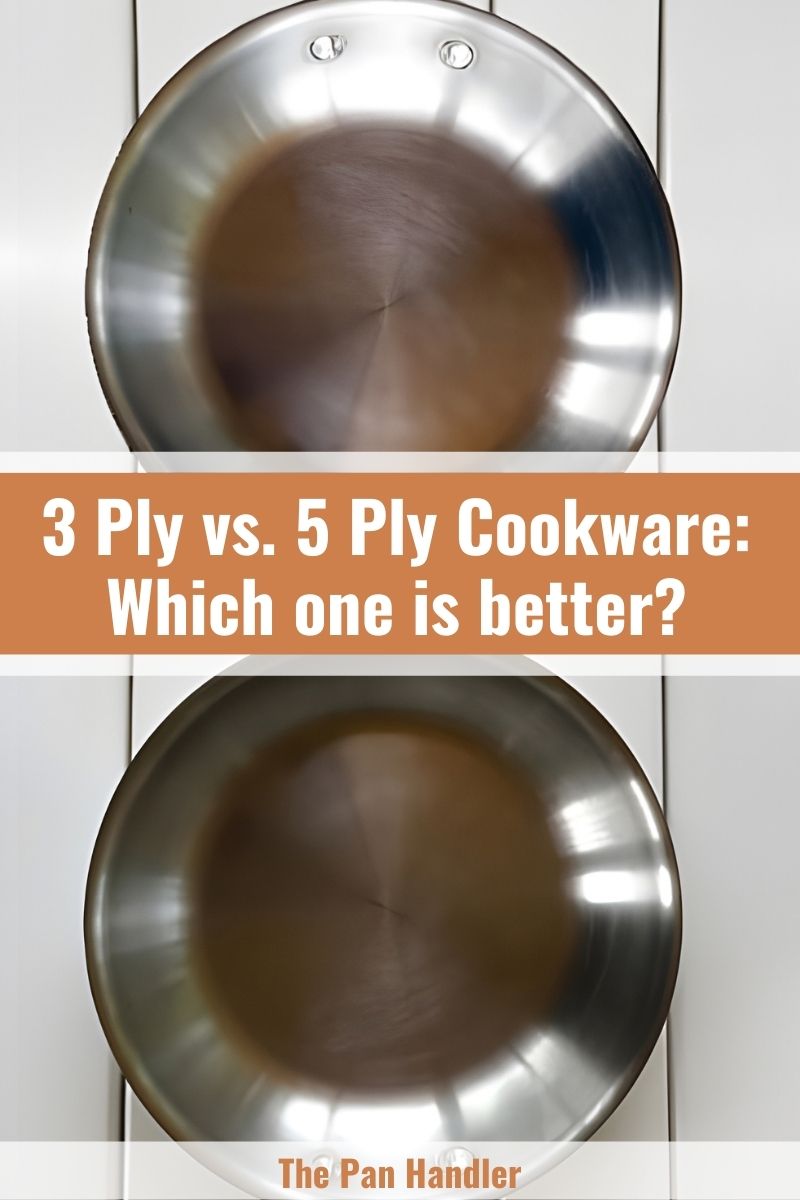
3 Ply vs. 5 Ply Cookware Which one is better?
Comparison: 3 Ply vs 5 Ply Cookware. To determine which cookware suits your needs best, let's compare 3 ply and 5 ply cookware based on some key factors: Heat Distribution and Retention. Both 3 ply and 5 ply cookware excel in heat distribution, providing even cooking results. However, the additional layers in 5 ply cookware offer a slight.
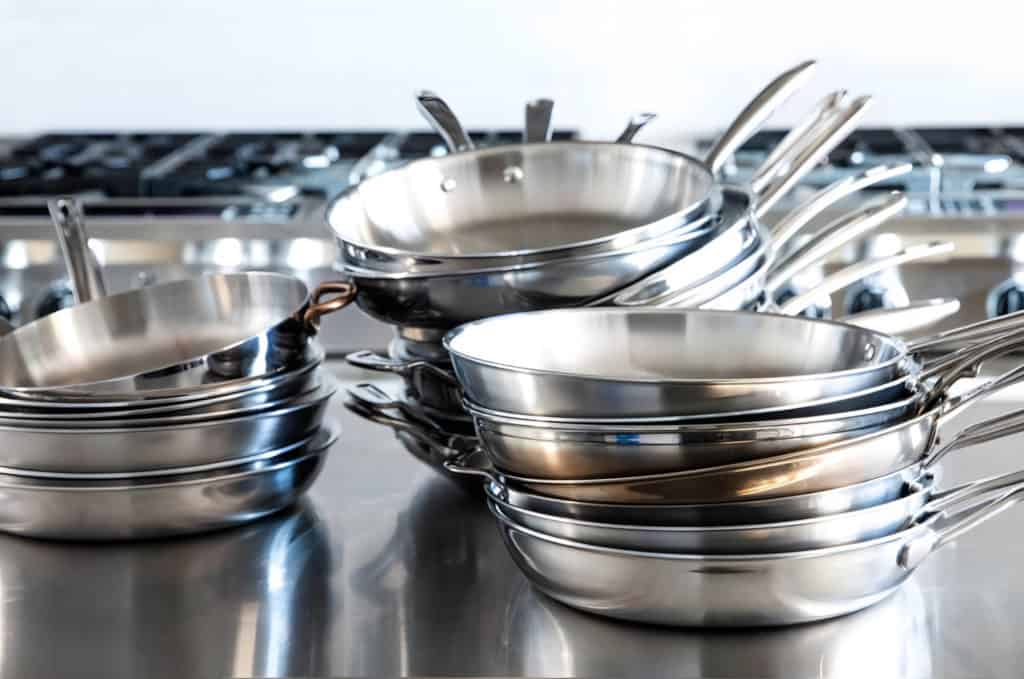
3 Ply vs. 5 Ply Cookware Which one is better?
What the Top Cookware Brands Say About 3-Ply vs. 5-Ply Cookware. Top cookware brands often emphasize the importance of multi-layered construction in their products, touting the benefits of improved heat distribution, retention, and durability. However, these brands also recognize that individual preferences and budgets play a role in selecting.